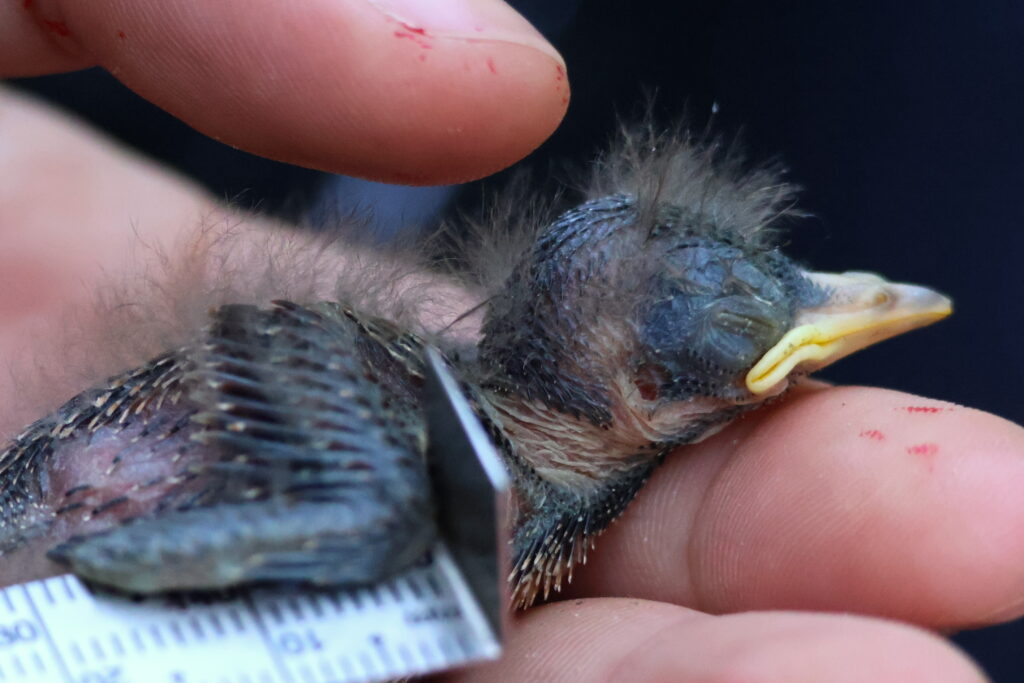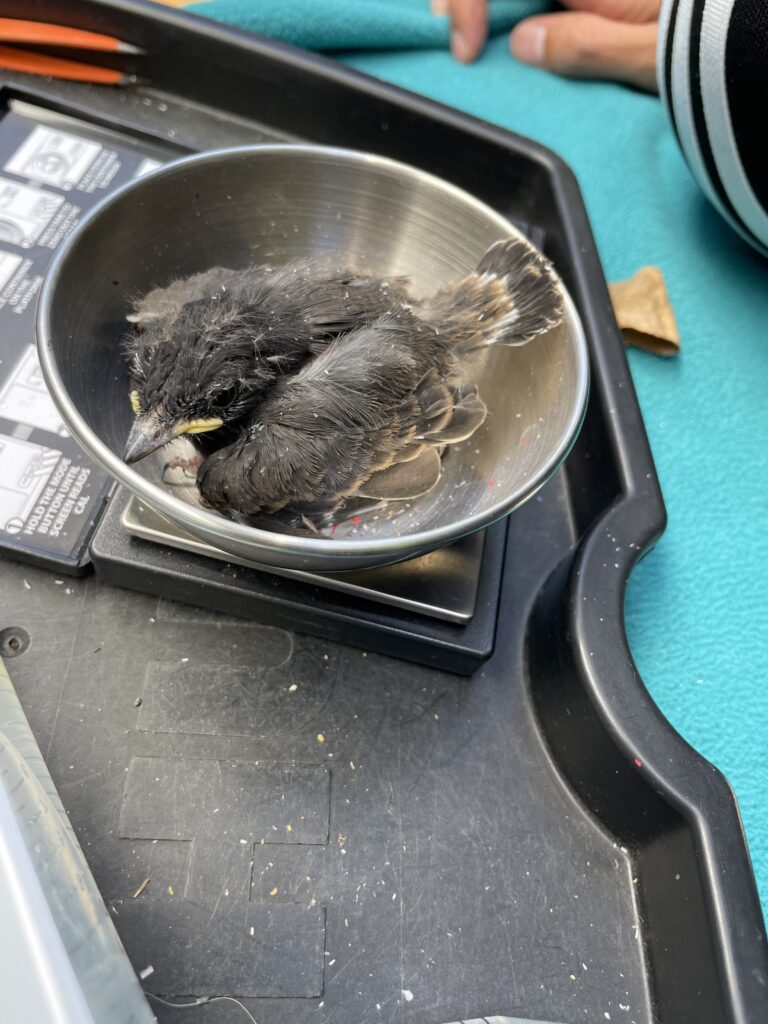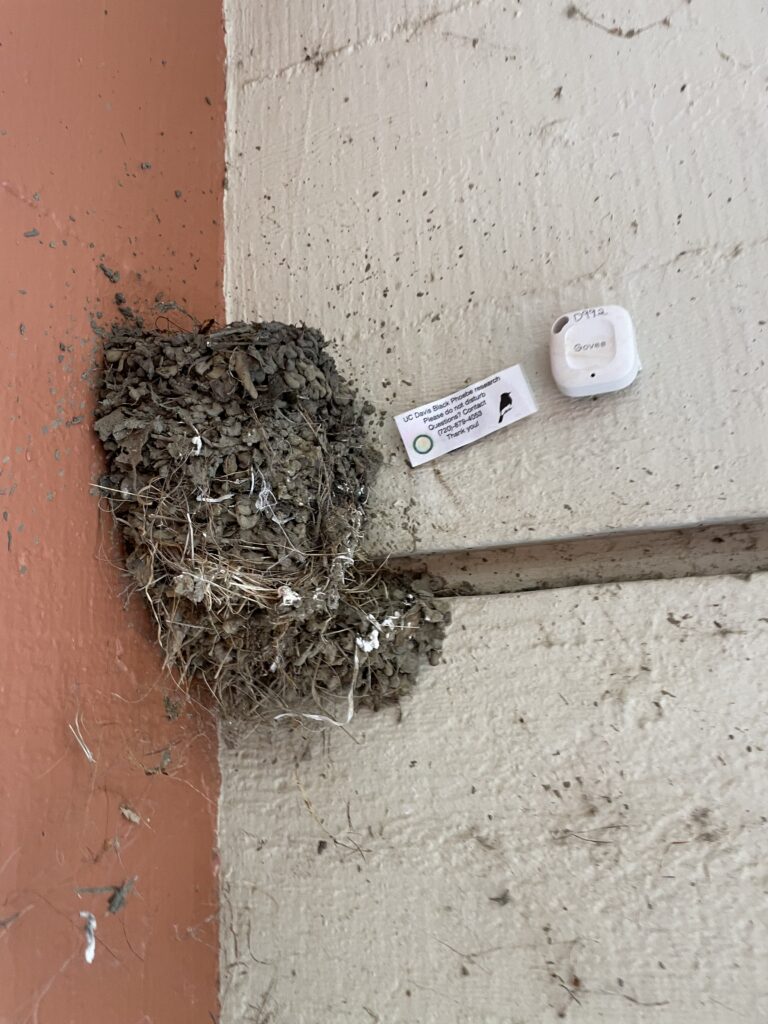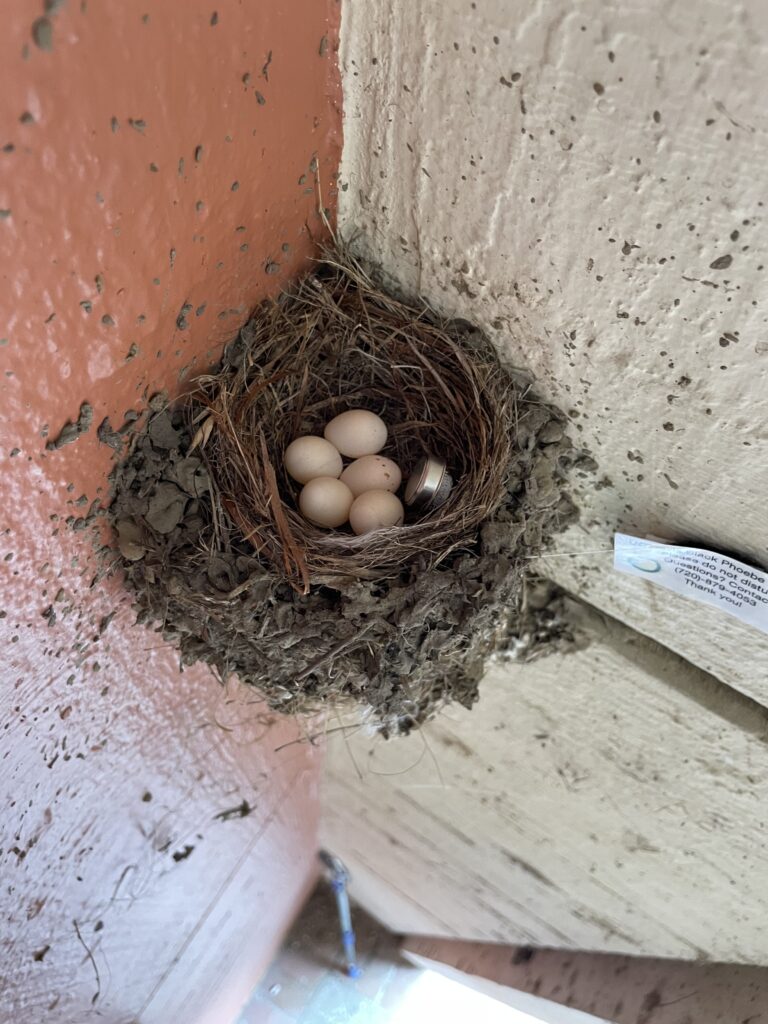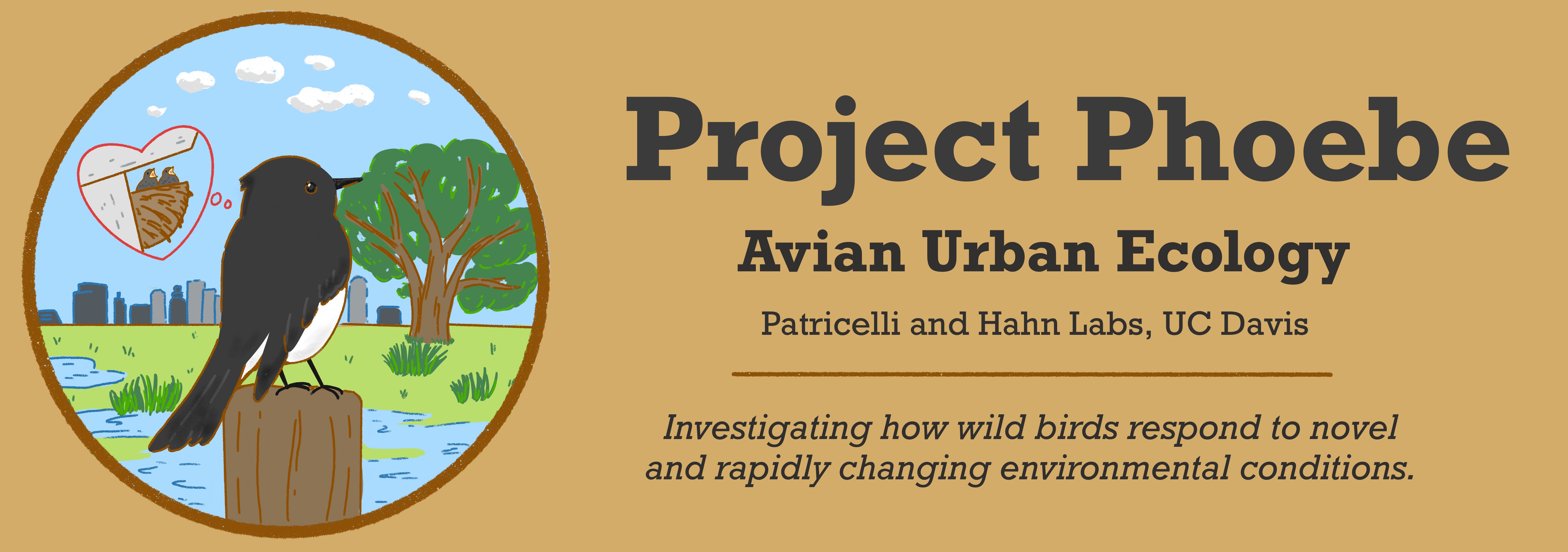March / April Fieldwork Update
Project Phoebe’s second field season has gotten off to a very early start! By the end of March, we were already monitoring 26 nests with eggs or chicks (compared to 1 nest at this time last). This has left us wondering–did the Phoebes start breeding earlier this year? Or have we just gotten much better at finding their nests, allowing us to quickly identify a large number of breeding pairs? The answer is probably a bit of both. We have heard from other teams monitoring nesting birds in the area that many species are off to an early start this breeding season. Our team speculates that this may be related to a warmer winter, less flooding at our field sites, and perhaps a higher abundance of the insects that Phoebes and other nesting birds eat. With only two years of data on timing of Phoebe breeding, our team will not be able to answer that question directly, but it is interesting to consider!
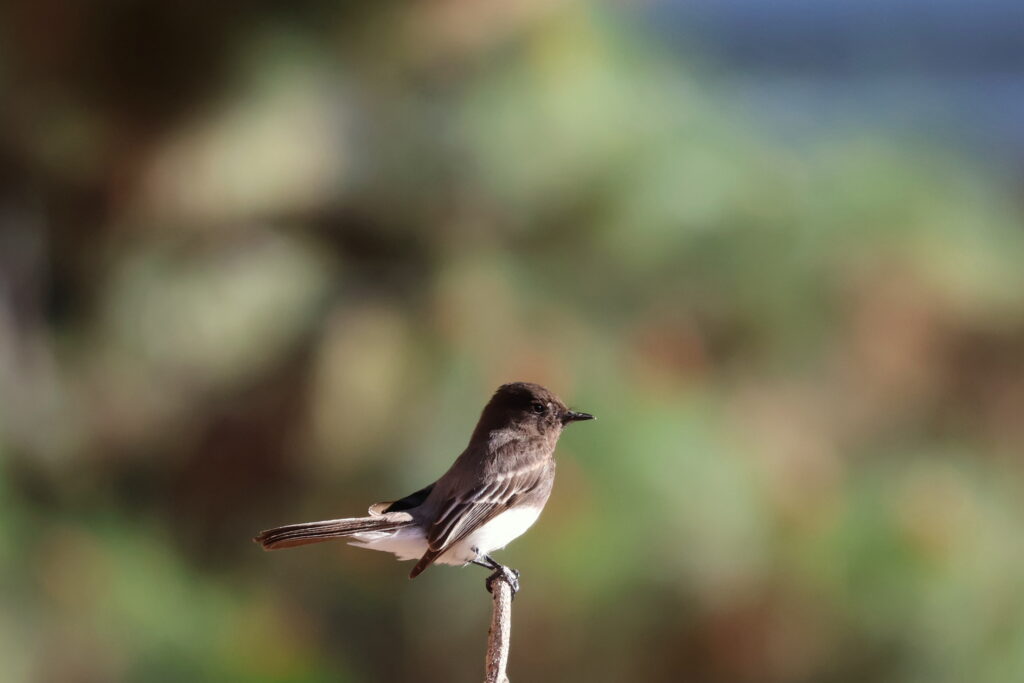
Our season has started with many of the same activities as last year. One of our major tasks early season is to capture adult Black Phoebes with fine mesh mist nets, give them unique colored ID bands, take their measurements, and release them. Banding adults allows us to identify them from a distance, meaning that we can track their survival and movements without ever handling them a second time. Excitingly, this season, we have already spotted many of the adult birds we banded last year! For the most part, these birds seem to be using the same nesting location as last year. Phoebes are one of many bird species that displays high nest site fidelity, which means that once a Phoebe has selected a nest site, they are very like to return to it year after year. This strategy likely saves them a lot of time and energy, as they can avoid building a new mud nest. Each nest is made of hundreds or thousands of clumps of the mud that the parents carry to it, and is lined with a cup of grass, ribbon, hair, or other soft fibers. Building a nest must involve an immense amount of work!
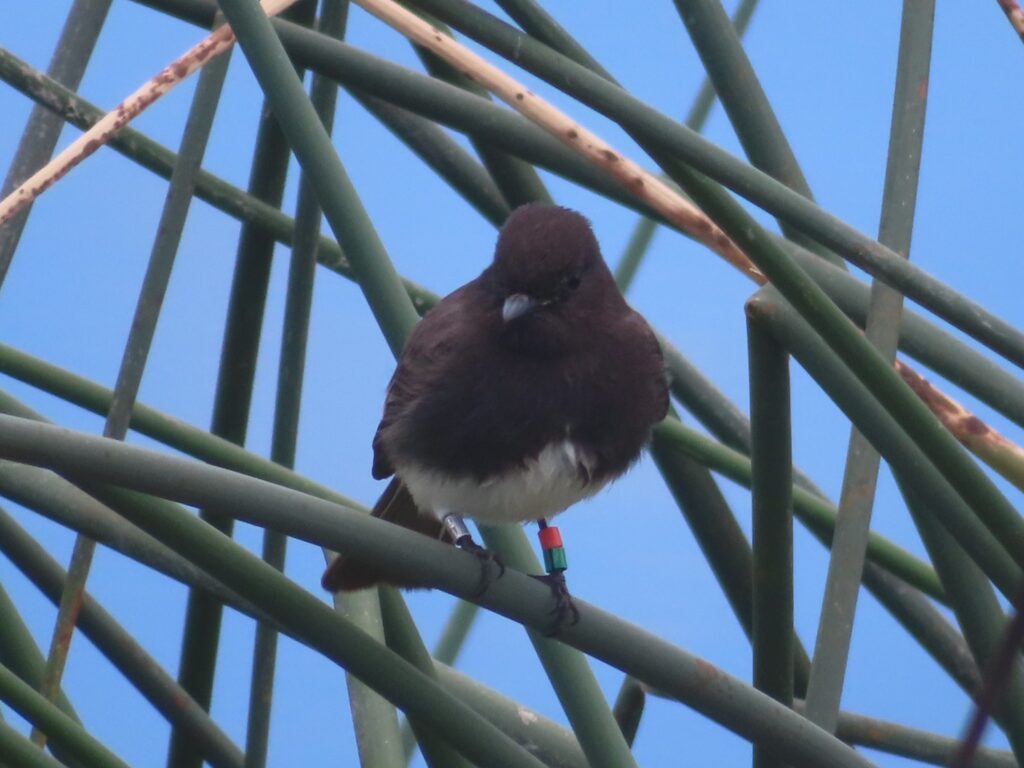

In addition to banding adult Phoebes, we have been banding and collecting a variety of measurements on Phoebe chicks. Paired with these measurements, we have been collecting a wide variety of data on the environment the chicks experience. These environmental data include surveys of animals that may eat or otherwise harm the chicks (such as domestic cats and California Scrub Jays, which are a major predator of young Phoebes), continuous records of the temperature inside and near the nest, and measurements of the level of noise near the nest. We are planning to use these data to learn how a variety of features of the urban habitat affect the survival and growth pattern of the chicks. Stay tuned as we analyze and report on these data in the next two or three years!
– Sage
